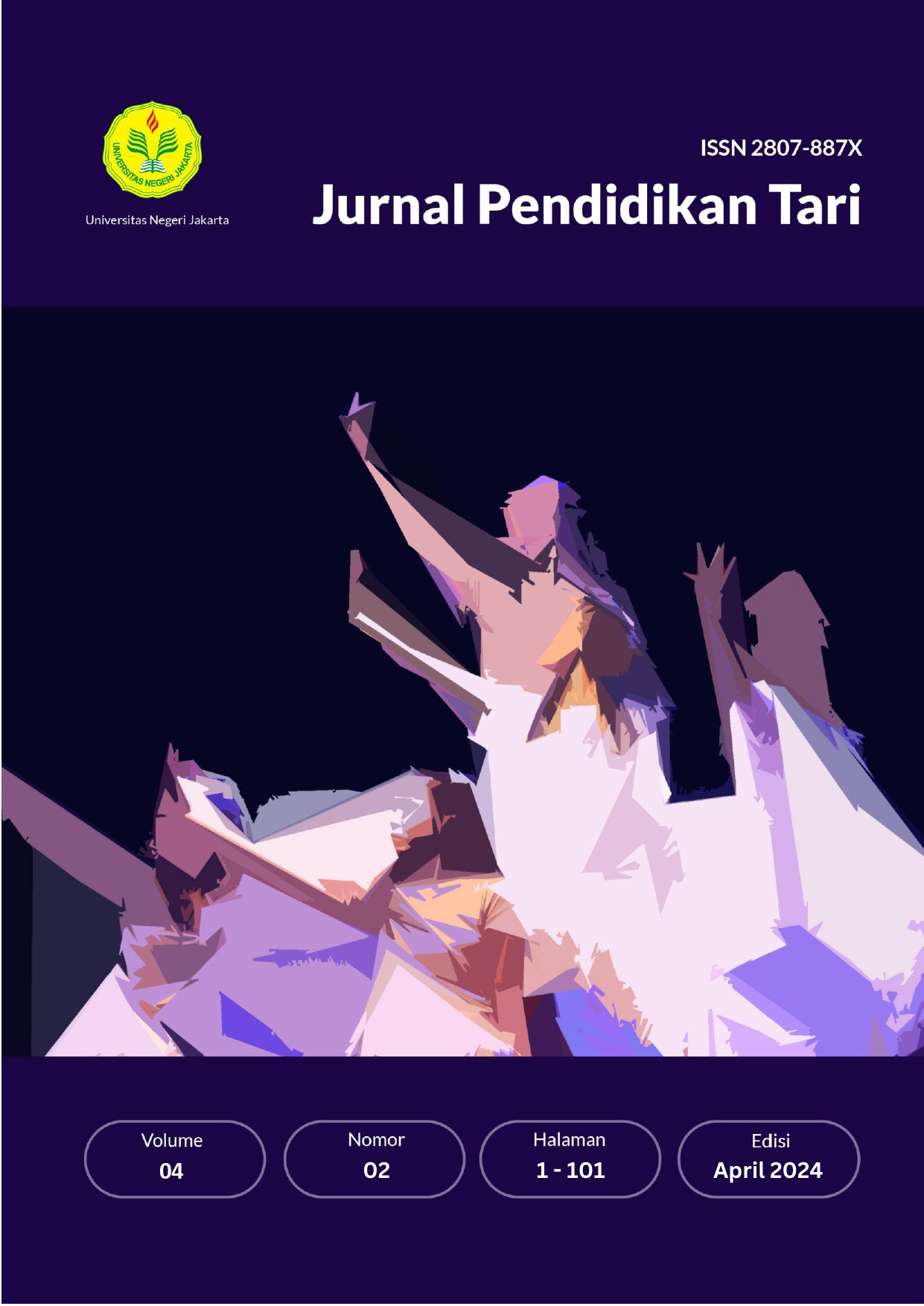Increasing Student Confidence in Learning Dance through the Student Teams Achievement Division (STAD) Learning Model
Keywords:
Confidence, Student Teams Achievement Division (STAD) Learning Model, Dance LearningAbstract
The problem in this study is the low self-confidence of students in performing dance movements. This study aims to increase the realm of students' self-confidence in learning dance by applying the Student Teams Achievement Division (STAD) learning model. This study used the Classroom Action Research (CAR) method from Kurt Lewin, carried out in two cycles in this study. Each cycle has four stages, namely planning (Planning), action (Action), observation (Observing) and reflection (Reflecting). This research took place from February to June 2023 at SMAN 2 Bogor City. Data was collected through data collection techniques in the form of observations of students' self-confidence, observations of the implementation of learning models, interviews and documentation. The results showed that the application of the Student Teams Achievement Division (STAD) learning model could increase students' self-confidence in dance learning, based on the average percentage obtained in the pre-cycle of 43%, and there was an increase in cycle I to 72%, after cycle II increased to 86.20%. These results indicate that applying the Student Teams Achievement Division (STAD) learning model to foster students' self-confidence in dance learning has increased, as evidenced by the complete grades obtained by most students.


